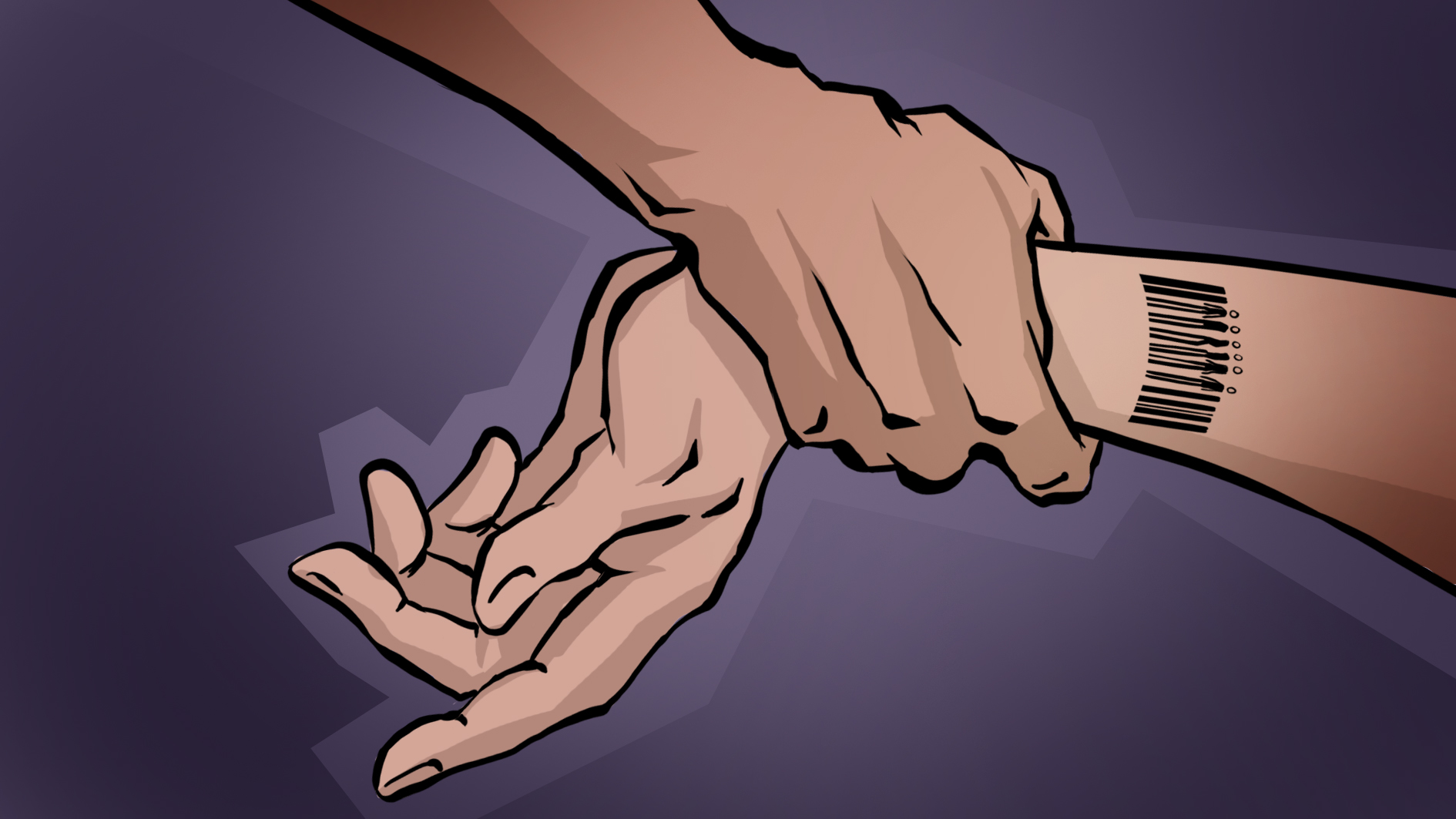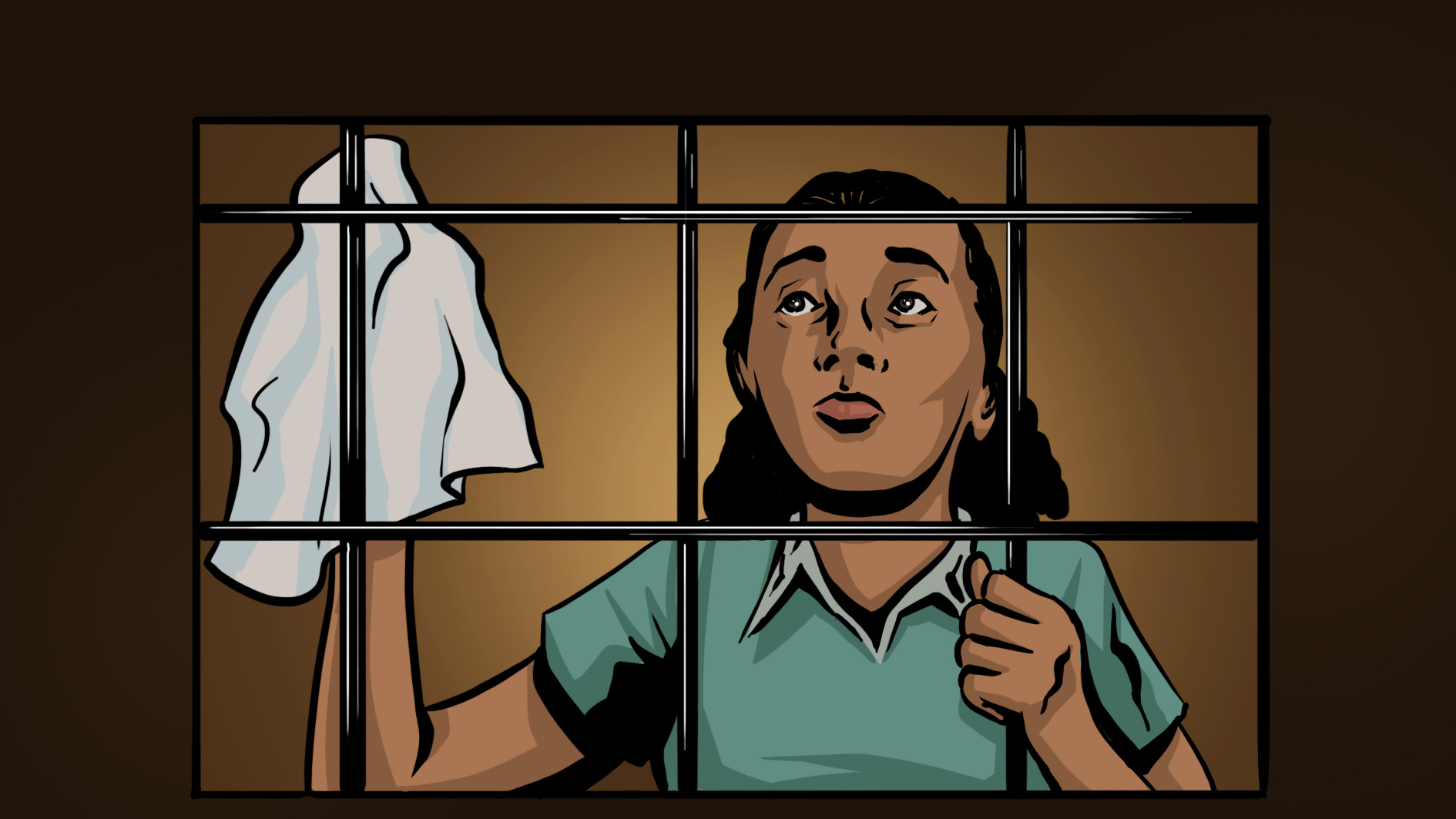Recognize trafficking

Physical appearance
Are there any visible signs of violence, fear or distress? Victims suffer brutal physical and psychological abuse.
Trust in authorities
Victims are often aware of the fact or are made to believe that their traffickers cooperate with the police.
Personal belongings
Traffickers usually take victims' documents, sometimes mobile phones, and money in order to control them.
Movement Control
Victims are not usually allowed to move freely or to interact with other people; even when they are, their movement and communication are under strict control of the traffickers.

Sexual exploitation
Sexual exploitation usually happens to women and girls and is one of the two most common forms of human trafficking. Apart from forced prostitution, which is the most frequent, this form of exploitation can take place in the context of pornography or online sexual services.

Labour exploitation
Labor exploitation is the most widespread form of exploitation on the global level. It happens to children and adults, males and females. Victims are usually exploited in agriculture, construction industry, manufacture and other labor-intensive sectors.

Forced marriage
Contrary to the widespread prejudice that this is a tradition in certain societies, forced marriage must not be justified by cultural differences. The victims of this form of exploitation might also be abused and exploited by the families to whom they were sold, through labor, sexual or some other form of exploitation.

Forced criminality
Victims can be exploited through coercion to criminal activities. However, forced criminality is often not recognized as a type of human trafficking. For this reason, victims are often convicted for the crime they have committed under coercion, while rights they have as trafficking survivors remain unprotected.

Domestic servitude
Domestic servitude is a form of human trafficking for the purpose of labor exploitation, usually suffered by women and girls. Just like with any other form of human trafficking, the persons looking for a job domestically or abroad can become the victims of domestic servitude.

Forced begging
Forced begging is also a form of human trafficking, with both children and adults being susceptible to it; people with physical and mental problems and disabilities are in a particular risk from it.
Recognize trafficking

Physical appearance
Are there any visible signs of violence, fear or distress? Victims suffer brutal physical and psychological abuse.
Trust in authorities
Victims are often aware of the fact or are made to believe that their traffickers cooperate with the police.
Personal belongings
Traffickers usually take victims' documents, sometimes mobile phones, and money in order to control them.
Movement Control
Victims are not usually allowed to move freely or to interact with other people; even when they are, their movement and communication are under strict control of the traffickers.

Sexual exploitation
Sexual exploitation usually happens to women and girls and is one of the two most common forms of human trafficking. Apart from forced prostitution, which is the most frequent, this form of exploitation can take place in the context of pornography or online sexual services.

Labour exploitation
Labor exploitation is the most widespread form of exploitation on the global level. It happens to children and adults, males and females. Victims are usually exploited in agriculture, construction industry, manufacture and other labor-intensive sectors.

Forced marriage
Contrary to the widespread prejudice that this is a tradition in certain societies, forced marriage must not be justified by cultural differences. The victims of this form of exploitation might also be abused and exploited by the families to whom they were sold, through labor, sexual or some other form of exploitation.

Forced criminality
Victims can be exploited through coercion to criminal activities. However, forced criminality is often not recognized as a type of human trafficking. For this reason, victims are often convicted for the crime they have committed under coercion, while rights they have as trafficking survivors remain unprotected.

Domestic servitude
Domestic servitude is a form of human trafficking for the purpose of labor exploitation, usually suffered by women and girls. Just like with any other form of human trafficking, the persons looking for a job domestically or abroad can become the victims of domestic servitude.

Forced begging
Forced begging is also a form of human trafficking, with both children and adults being susceptible to it; people with physical and mental problems and disabilities are in a particular risk from it.
Poll - Victims of human trafficking have the right to compensation if:






